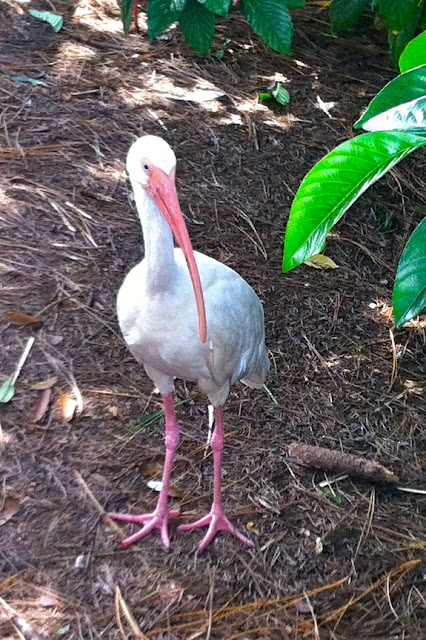Gore Range - The Shining Mountains
 |
| Gore Mountain Range |
If one studies a map of central Colorado, you’ll discover an assortment of topographic features that share a common nomenclature. The different landmarks are called Gore Wilderness Area, Gore Creek, Gore Canyon, Gore Pass and the spectacular Gore Mountain Range.
I’ve always thought that was a cool title for a chain of craggy peaks because it evokes rugged imagery that makes me think of a shaggy buffalo bull or a pair of rutting elk. Losing yourself in those remote mountains has a therapeutic value that can restore your health but if you learn the true story behind the naming of that range - it will make you sick.
During the first half of the 19th century, the northern plains were an isolated region inhabited by Native Americans but encroached upon by a few white mountain men and fur traders. And then in 1854, in a tragic preview of things to come, a wealthy European began tramping across what is now Colorado, Wyoming, Montana and the Dakotas, wreaking absolute havoc on the fragile environment.
Sir St. George Gore was an Irish nobleman who sailed across the pond and barged into America for a three year hunting expedition. He traveled west with a special passport from the superintendent of Indian Affairs granting him permission, as a foreign dignitary, to visit Indian Country unimpeded.
With Jim Bridger hired as chief guide, Gore began his destructive odyssey into the wild followed by an entourage of 40 men, 32 greyhounds and 18 foxhounds. Riding roughshod over the unspoiled grassland, the outrageous caravan consisted of 27 wagons, 100 horses, 20 oxen and three milk cows.
St. George camped in a spacious green and white linen tent accessorized with an ornamental brass bed, a steel bathtub bearing the Gore coat-of-arms, a portable iron table and wash stand, a complete set of pewterware, a few stoves, a campaign chest and trunks filled with appropriate seasonal wardrobes and of course a fur-lined commode with removable chamber pot. This guy’s personal arsenal included 75 rifles, 12 shotguns, several revolver pistols and two wagon loads of fishing equipment.
On a typical day, Gore slept in until 11 in the morning then took a bath, ate breakfast and set out for the day’s hunt, returning after dark. He usually brought seven companions on his daily hunting foray but George was the only shooter. He never loaded his own gun because after firing he passed it on to an attendant who gave him another already loaded.
Gore shot at anything and everything that moved but not very well so because of his poor marksmanship, he wounded more animals than he actually killed. He often bragged about killing 2,000 buffalo, 1,600 antelope, deer and elk and 105 bears while leaving the carcasses to rot, infuriating the Indians who resented the senseless slaughter of animals on their land.
The plains tribes complained bitterly to the government about the white stranger who killed buffalo for sheer pleasure. When Gore’s wrath dipped into northern Colorado, the Yampas pleaded with him not to invade farther into their territory because of the toll his weapons had taken. St. George stubbornly ignored all complaints.
After three years of obliterating the local animal population, Gore decide to return home so he offered all of his expedition equipment for sale at a reasonable price. When a scrupulous trader tried to take advantage of his situation, Gore became upset and spitefully burned everything in a giant bonfire, keeping only a few wagon loads of buffalo robes, hides, pelts, antlers and trophy heads.
After Sir St. George departed, the natural landmarks at places he visited and some he never came near were for some bizarre reason named after him. Nobody seems to know for sure who, how or why these decisions were made but unfortunately, the names have permanently stuck.
In recent years as people have become more aware of Gore’s disgusting rampage, they believe anything that bears his name should be changed to something more appropriate. Understandably, a radical proposal such as that would require cutting through endless layers of red tape.
When the Ute Indians crossed over the Continental Divide and first laid eyes on the snowy peaks rising from the far side of the Blue River Valley, they called them the shining mountains. That certainly has a nice ring to it. Just imagine how great it would be if those places were renamed Shining Pass, Shining Canyon, Shining Lake, Shining Creek and the Shining Mountains.
 |
| Cool, craggy peaks |
 |
| Rugged imagery |
 |
| Lose yourself in remote mountains |
 |
| This was an isolated region |
 |
| A tragic preview |
 |
| Sir St. George wreaked absolute havoc |
 |
| A fragile environment |
 |
| Gore hunted for three years on the northern plains |
 |
| Some believe the name should be changed |
 |
| Snowy peaks |
 |
| The Shining Mountains |



Comments
Post a Comment